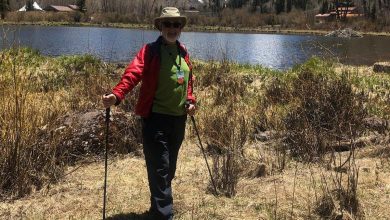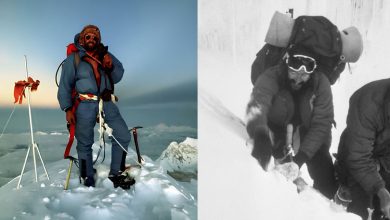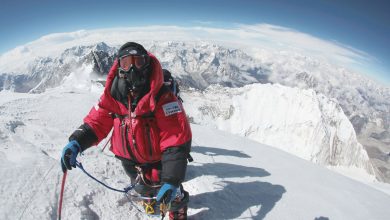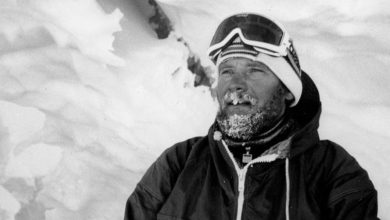George Lowe : Last Surviving Member Of 1953 Everest Expedition
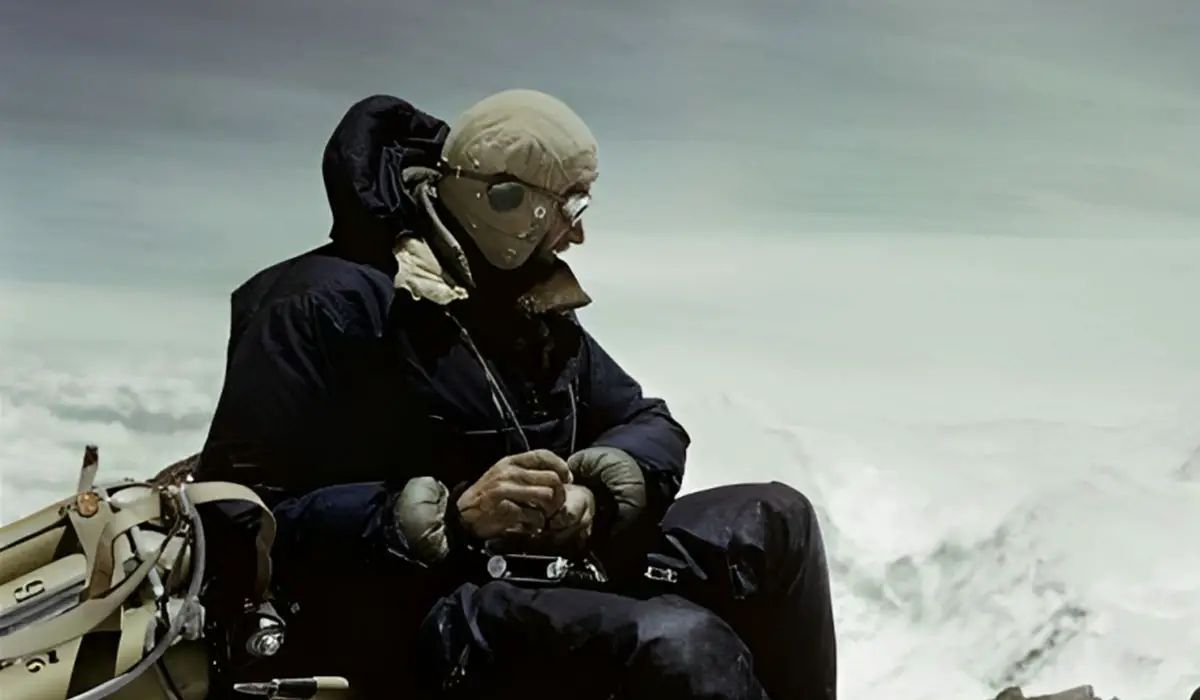
George Lowe is a legendary mountaineer. He was an active part of the famous 1953 Everest expedition and he was the last person to be alive from that brave team that challenged the harsh landscapes of Mount Everest.
The expedition is still a hot topic among new generations of mountaineers. His contributions to the 1953 British expedition are said to be crucial and mountaineers across the world still recognize and credit him for his contributions to the mountaineering world.
Early Life Of George Lowe
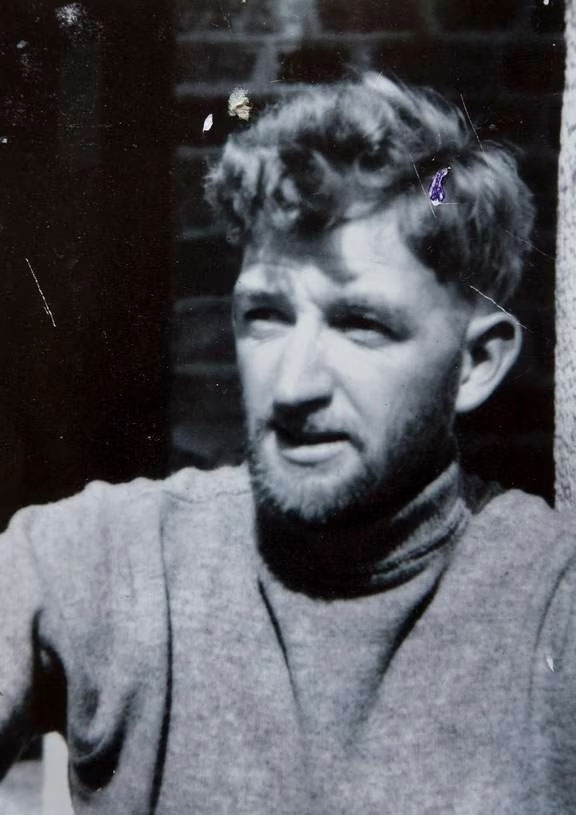
George Lowe was the last survivor of a famous expedition that climbed Mount Everest in 1953. He had an amazing life that was greatly influenced by his childhood in New Zealand. He was born on October 15, 1924, in Hastings. It is a coastal city on the North Island of New Zealand. His experiences growing up in New Zealand helped him become the great mountain climber that he is.
George grew up in Hastings which is definitely a scenic place in New Zealand. It is known for its beautiful landscapes and outdoor activities. After being surrounded by nature all through his childhood, he ended up falling in love with the outdoors and this love for nature and the outdoors was indirectly a major reason for the great mountaineer he became in the later years of his life.
George Lowe grew up with five siblings in a family that had a great and close relationship with one another and later they were supportive of George’s interest in the outdoors and mountains. They all shared their experiences in the New Zealand wilderness. It helped them create a strong bond of friendship and toughness among one another. It would not be wrong to say that this bond helped George throughout his life when he faced many challenges and adventures.
George’s education in New Zealand helped him learn a lot and grow both mentally and physically. He went to local schools for his middle and high school years. In school, he learned about many things, including his love for the natural world and geography which was his keen interest obviously. This love for the earth’s landscape and appearances would later be very useful for him when he started climbing mountains.
George loved climbing and didn’t let anything stop him. He finished his studies in New Zealand and then joined a group of climbers called the Alpine Club. He went to Europe to climb mountains and became better with each climb. But his biggest challenge was yet to come, and he faced it on the other side of the world, all the way in the Himalayas.
Beginning of Mountaineering Career
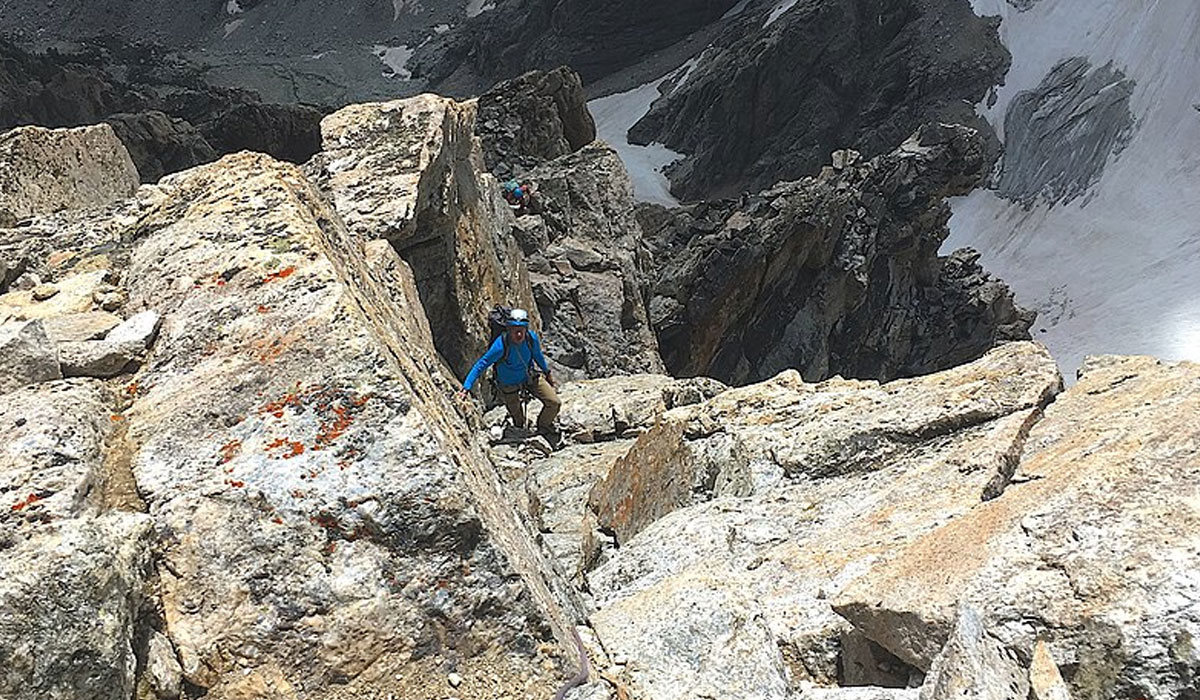
George Lowe discovered his passion for mountaineering while he was still in school, growing up near the stunning Southern Alps in his homeland of New Zealand. He began his journey pretty early on into the world of professional mountaineering in this wild and picturesque environment.
George had always been fascinated with mountains, and he decided to take his passion to the next level by joining local mountaineering clubs. He explored the beautiful mountains of New Zealand and met like-minded adventurers who shared his love for the outdoors and adventures.
This period of his life was an important foundation for his future mountaineering career. George learned to respect the mountains and nature and to work well in a team. He improved his skills and gained confidence in his abilities. He started to spend more time with mountains.
George’s biggest adventure was in 1953 when he went on a trip to Mount Everest with a British team. This trip changed his life. The team was led by Sir John Hunt, and George played an important part in the expedition.
George went on an expedition to climb Mount Everest. He climbed with Sir Edmund Hillary and Tenzing Norgay. They were the first people to reach the top of the mountain. George’s abilities, persistence, and friendship with his fellow climbers were very important to the success of the expedition.
1953 British-Everest Expedition

The British team had been thinking about climbing Mount Everest for a while. They picked Sir John Hunt to lead the team because he was an expert mountaineer and military officer. The team planned everything carefully and had enough money to support the expedition. They also had a lot of people to help them along the way.
In 1953, a group of British climbers went to climb Mount Everest. They spent several weeks preparing and getting used to the high altitude by setting up camps. Among the climbers were Sir Edmund Hillary and Tenzing Norgay. They reached the top of the mountain on May 29th, which was the first time anyone had done so. George Lowe was also part of the team and helped them a lot. This climb was a great achievement and showed that when people work together and are determined, they can do amazing things.
George Lowe’s Contribution To 1953 Everest Expedition
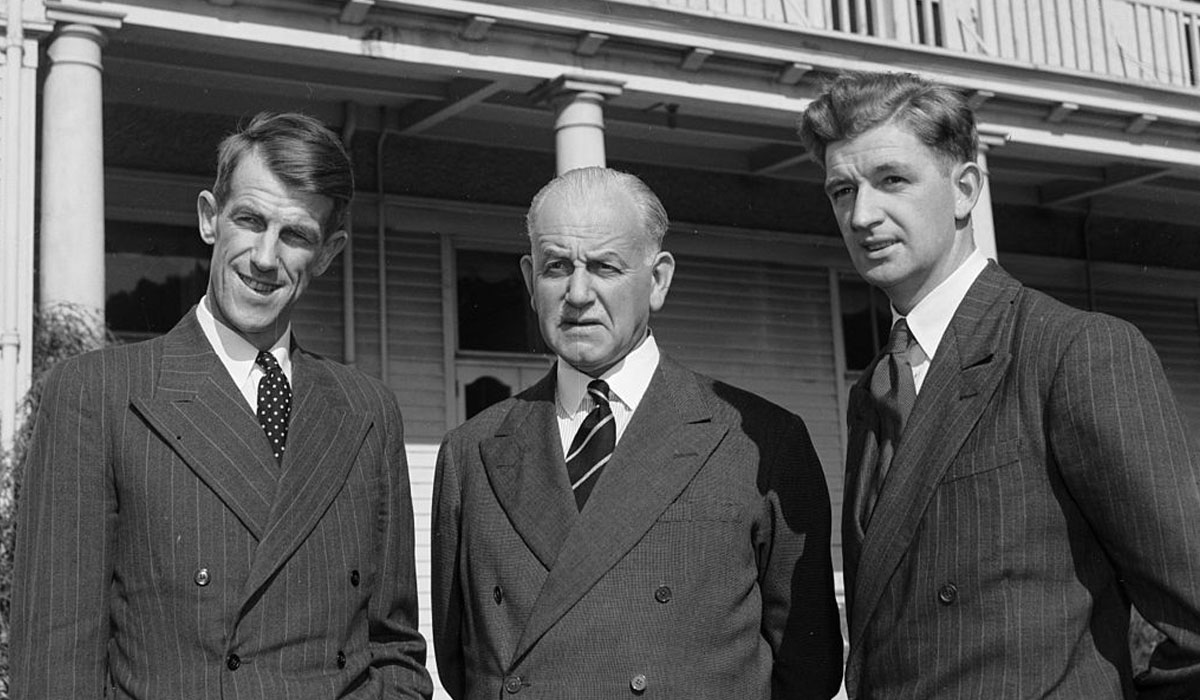
George Lowe helped organize the expedition before even reaching Everest. He made sure everything was set up and running smoothly at the base camp and higher camps. His work was really important to the success of the operation.
It is really tough to set up and maintain camps high up on Everest. George Lowe was in charge of creating Camp IV at 26,000 feet, which was a really important part of the expedition’s plan. This camp was where climbers got used to the high altitude before they tried to reach the summit.
Climbing up the Lhotse Face is really tough and dangerous because of its steep and icy slopes. George Lowe was the first one to climb it and set up Camp IV. This was really important for the expedition because it allowed the climbers to get used to the high altitude before going for the summit.
George Lowe’s positive and friendly attitude helped keep the team’s spirits high during their challenging climb at high altitudes. George’s funniness, modesty, and friendship motivated the team, despite the physical and mental exhaustion that comes with such a climb.
On May 29, 1953, George Lowe and Charles Evans helped Sir Edmund Hillary and Tenzing Norgay as they climbed to the summit. George’s job was to make sure they had water and that their equipment was good. He did this very carefully to make sure the team did well.
Sir Edmund Hillary and Tenzing Norgay reached the top of Mount Everest after a lot of hard work and planning. Everyone on the team helped each other and worked hard. George Lowe played a very important role in organizing and supporting the team.
George Lowe played many important roles during the 1953 British expedition to Mount Everest. He was not only a climber but also very good at planning and working with his team. He was a great friend and inspired everyone around him. The expedition was successful because everyone worked together and George Lowe played a very important part. His contribution was absolutely essential in achieving the historic ascent of Mount Everest. His legacy continues to inspire future generations of people who love mountain climbing and exploration.
George Lowe’s Mountaineering Career
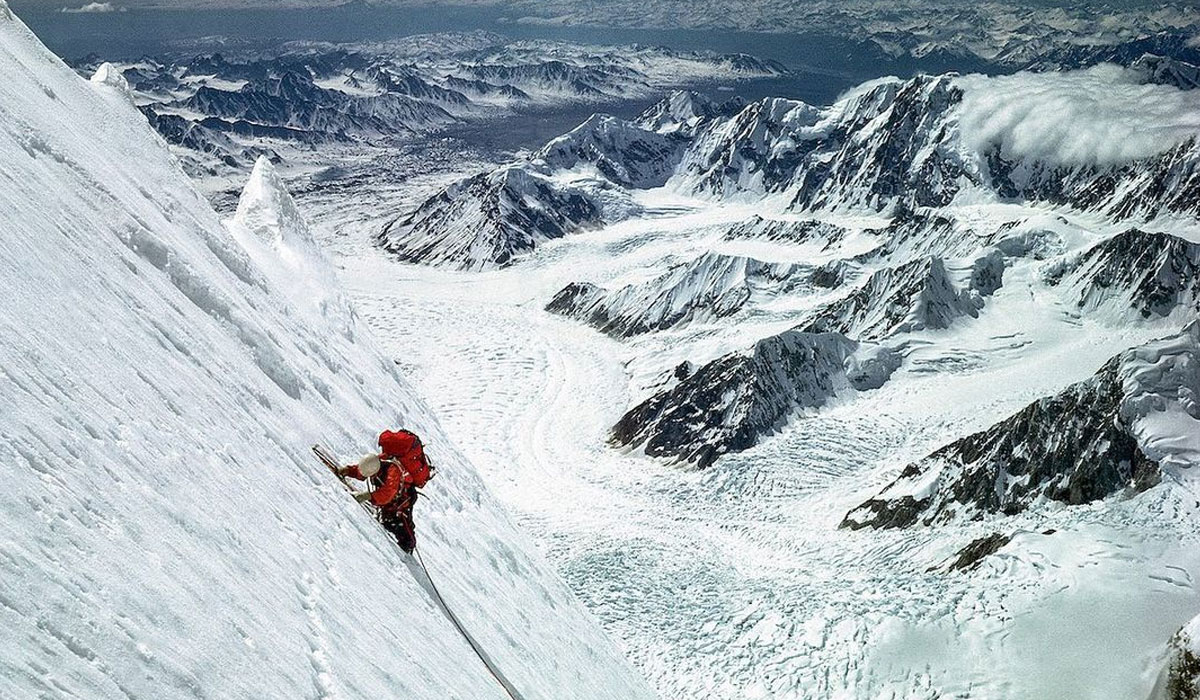
George Lowe has a career that many climbers aspire to have. Here is a closer look at it:
Makalu in 1954
George Lowe went on a trip to climb Makalu with a team that shared the same interest. Makalu is the fifth tallest mountain in the world. Even though the team could not make it to the top, George’s love for exploring high-altitude places was evident throughout the journey.
Ama Dablam in 1961
George Lowe helped climb Ama Dablam, a beautiful peak in the Everest area, in 1961. His knowledge helped the team overcome technical challenges and reach the top successfully.
Kangtega in 1963
George Lowe played a necessary role in successfully climbing Kangtega, also known as the “Snow Saddle.” The terrain was difficult, but his climbing skills helped him overcome the challenge.
Antarctica in 1961-62
In 1961-62, George Lowe went to Antarctica, which is known as a frozen land. He joined a team called the Commonwealth Trans-Antarctic Expedition. He helped the team a lot with their planning and safety. George was good at climbing and exploring. He was very useful to the team.
Literary Career of George Lowe
George Lowe has had his share of contributions in the field of literature. He has written a few books that shed some light on the expeditions he was a part of.
The Conquest of Everest – 1954
“The Conquest of Everest” is a book about the first time people climbed to the top of Mount Everest. It was written by George Lowe, John Hunt, Charles Evans, and Sir Edmund Hillary. The book tells the story of how they planned and did the climb. It is a very famous book about climbing mountains.
While cleaning out files I found this — my father is on the right and that would be Sir Edmund Hillary (seated) and the other gentlemen are identified as George Lowe and R.C Evans. Dated 14 February 1954. pic.twitter.com/2aaiRZnJzi
— Barbara Vick (Ennis CBE OTRB 8 February 2023) (@BabsVk) October 25, 2023
In case you just missed it:
- Achille Compagnoni & Lino Lacedelli: First Italian Expeditioner To K2 In 1954
- Jerzy Kukuczka: Death Of Second 14 Peaks Conqueror On Lhotse
- Ed Viesturs: First American Climber To Ascend All 14 Peaks
- Kacper Tekieli: Renowned Polish Alpinist Death On Jungfrau
Green for Danger – 1981
“Green for Danger” (1981) is a book about air rescue operations in New Zealand. George Lowe shares his experiences as a pilot and talks about the challenges and successes of searching for and rescuing people in the mountains. This book is great for people who like aviation, rescue operations, or New Zealand’s history.
Metamorphosis: The Art of George Lowe – 2003
“Metamorphosis: The Art of George Lowe” is a book that features the artwork of George Lowe. He was not only a mountaineer and writer but also an amazing artist. This book is a collection of his paintings that beautifully represent his love for the mountains. Even though it’s not a typical book, it’s a great way to see his paintings and appreciate his artistic talents.
George Lowe’s Spouse
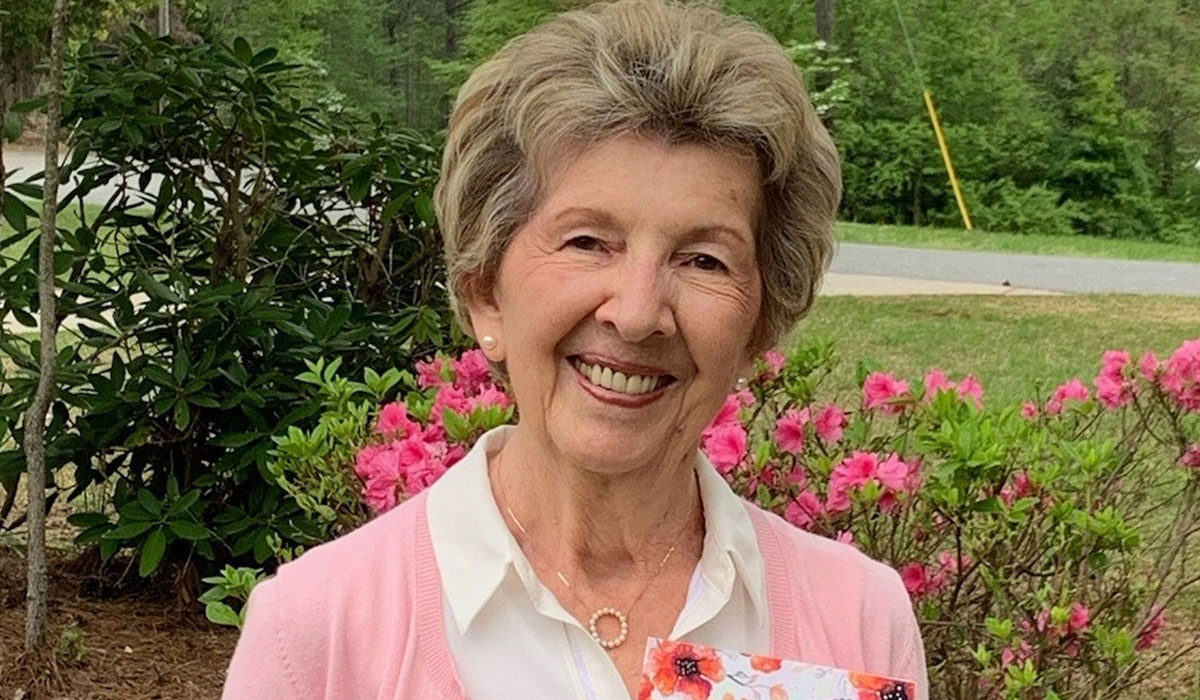
George Lowe was married to Susan Hunt, who was the daughter of Sir John Hunt. He led the British expedition to Mount Everest in 1953, where George played a vital role. George and Susan’s relationship was deeply connected to their shared love of mountain climbing and adventure.
George Lowe and Susan Hunt became friends while planning and climbing Mount Everest. Susan’s dad was leading the expedition and Susan helped with the organization. This gave her a chance to spend time with George and the other climbers. They became close because they all loved climbing mountains and being in nature. Their friendship grew stronger as they climbed more mountains together.
George Lowe’s Death
George Lowe died at the age of 89 due to an illness. He died peacefully in a nursing home in Ripley, England on March 20, 2013. His passing was a significant loss to the mountaineering community and to all those who admired his remarkable achievements and contributions to the world of exploration.
George Lowe was an exceptional mountaineer who inspired many climbers and adventurers through his actions and writings. Although he has passed, his career will still be admired by many and his contributions to the world of mountaineering will never be unnoticed.
